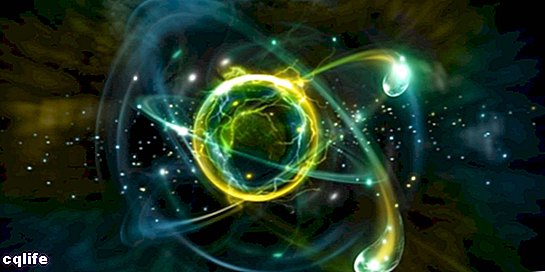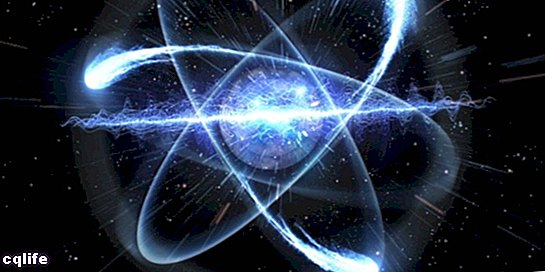We explain what subatomic particles are and the studies about it. Also, the types of particles that exist.

What are subatomic particles?
Subatomic particles are understood to be structures of matter that are smaller than the atom and that, therefore, are part of it and determine its properties. Said particles can be of two types: compound (divisible) or elementary (indivisible).
Throughout history, the human being He has studied matter and has proposed various theories and more or less scientific approaches to the smallest particles that exist, which make up everything.
The different atomic models Proposed since ancient times, they found what seems to be their definitive form in contemporaneity, thanks to the development of quantum theory, electrochemistry and nuclear physics, among others. disciplines.
Thus, it is known today that the atom, the smallest unit in which thematter and that has the properties of a chemical element, is composed for the most part of a vacuum, with a nucleus of particles in which the largest percentage of its mass is concentrated, and other particles (the electrons) rotating around it.
The experimental study of subatomic particles is arduous, since many of them are unstable and cannot be observed except in particle accelerators. However, the most stable ones are well known, such as electrons, protons Yneutrons.
Types of subatomic particles

Subatomic particles are classified according to various criteria. For example, the most well-known and stable particles are three: electrons, protons and neutrons, different from each other due to theirelectric charge (negative, positive and neutral respectively) and its mass, or by the fact that electrons are elementary particles (indivisible) and the last two are composite. Furthermore, electrons orbit the nucleus, while protons and neutrons compose it.
On the other hand, protons and neutrons, being composite particles, can be subdivided into other particles called quarks, joined together by another type of particle called gluons. Both quarks and gluons are indivisible particles, that is, elementary. There are six types of quarks: up, down, charm, strange, top, and bottom.
Similarly, there are photons, which are the subatomic particles responsible for electromagnetic interaction; and also neutrinos and gauge bosons, responsible for weak nuclear forces. Finally, there is the Higgs boson, a particle that was discovered in 2012 and that would be responsible for all the other elementary particles (everything that makes up the universe) have mass.
The behavior of elementary particles is a challenge for the science. While the quantum mechanics and the Standard Model of Elementary Particles are theoretical frameworks that describe this subatomic world in an amazingly successful way, there is still a theory that can explain all the behavior of the universe, that can unite quantum mechanics with Einstein's relativity. Today there are some of these theories, such as theString theory, but its validity has not yet been confirmed experimentally.
